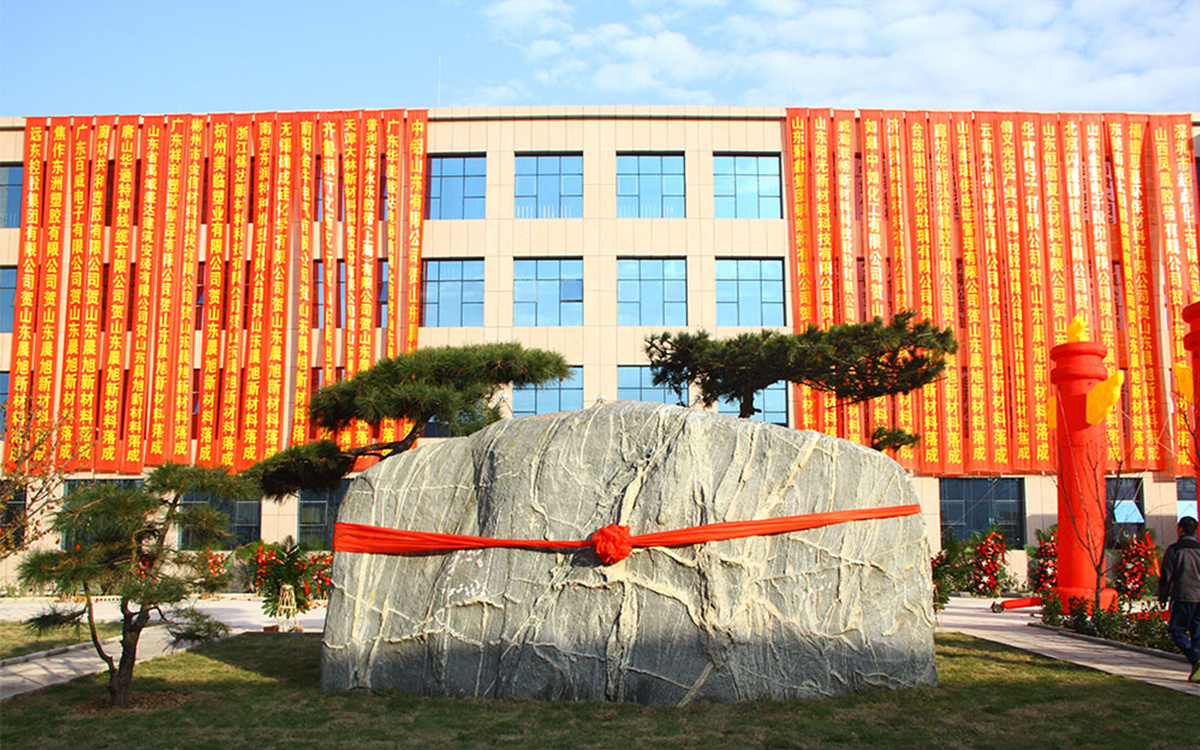What are the characteristics of flame retardants? Antimony trioxide manufacturers to explain for you
Release time:
2024-03-12 08:42
Antimony trioxideThe manufacturer thinksThe heat emitted by any combustion in a short period of time is limited. If a part of the heat emitted by the fire source can be absorbed in a short time, the flame temperature will be reduced, and the heat of radiation on the surface of the combustible material and acting on the vaporization of the combustible molecules will be reduced, and the combustion reaction will be suppressed to a certain extent. At high temperatures, the flame retardant has a strong endothermic reaction, absorbs part of the heat released by combustion, reduces the surface temperature of combustibles, effectively inhibits the generation of combustible gases, and prevents the spread of combustion.

Antimony trioxideThe manufacturer thinksAfter the flame retardant is added to the combustible material, the flame retardant can form a glassy or stable foam coating at high temperature, isolate oxygen, have heat insulation, oxygen insulation, prevent the escape of combustible gas, so as to achieve the purpose of flame retardant. For example, organophosphorus flame retardants can produce a more structurally stable crosslinked solid mass or carbonized layer upon heating. The carbonized layer can, on the one hand, prevent the further pyrolysis of the polymer and, on the other hand, prevent the thermal decomposition products from entering the gas phase to participate in the combustion process.
Antimony trioxideThe manufacturer thinksAccording to the chain reaction theory of combustion, what is needed to sustain combustion is free radicals. In the gas phase combustion zone, flame retardants can be used to capture free radicals in the combustion reaction, thereby preventing the spread of the flame, reducing the flame density in the combustion zone, and reducing the combustion reaction speed until the end. For example, halogen-containing flame retardants, their evaporation temperature is the same as or similar to the decomposition temperature of the polymer. When the polymer is thermally decomposed, the flame retardant also volatilizes. At this time, the halogen-containing flame retardant and the thermal decomposition product are in the gas phase combustion zone at the same time, so the halogen can capture free radicals in the combustion reaction and interfere with the combustion chain reaction.
Antimony trioxideThe manufacturer thinksWhen the flame retardant is heated, it will decompose the incombustible gas, and dilute the combustible gas concentration to the lower limit of combustion. At the same time, it can dilute the oxygen concentration in the combustion zone, prevent the combustion from continuing, and achieve the effect of flame retardant. Most polymers are composed of hydrocarbons and other elements, which are highly flammable. In the combustion process, it is a complex free radical chain reaction process, which will release a lot of heat energy, cause direct damage, and rapidly increase the fire.
Antimony trioxideThe manufacturer thinksWith the continuous progress of society and the development of science, the application scope of various polymer materials in various fields is expanding, but the danger and harmfulness of fire are also greatly increased. Flame retardant treatment of polymer materials is one of the important measures to reduce fire. How to improve the flame retardant properties of polymer materials has become one of the technical problems urgently needed to be solved by scientists all over the world, and it has also become the main bottleneck restricting the further development of polymer materials. There is an urgent need to develop new polymeric flame retardant additives to improve flame retardancy.
Antimony trioxide
Popular product recommendations
CONTACT US
Sales call:+86 531-87978111
Fax:+86 531-87972518
Email(Login):cxcn@chenxuchem.com
Address: South of East Extension, Chuangxin Street, High-tech Development Zone, Yucheng City, Shandong Province

Wechat QR code


